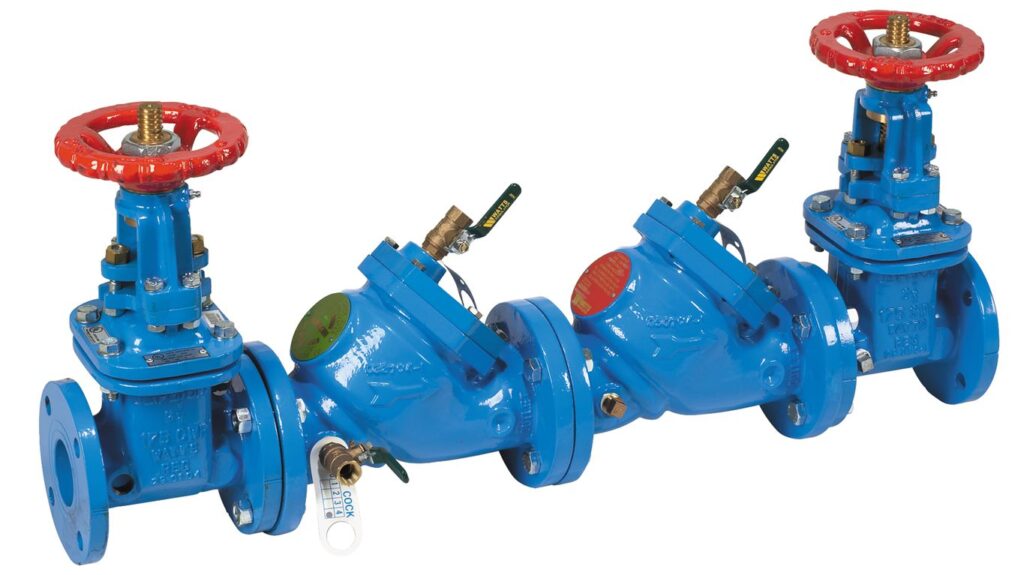Double check valves are vital components in various industries, providing a dependable solution for preventing backflow. In this article, we will explore the significance of double check valves, their applications, and how they contribute to fluid system safety.
What Is a Double Check Valve?
A double check valve, is often referred to as a DCV. It is a mechanical device designed to prevent the unwanted reversal of fluid flow within a pipeline. Unlike a single check valve, which only has one valve disc. A double check valve features two independently operating check valves in a single unit. This redundancy ensures enhanced reliability in backflow prevention.
Applications of Double Check Valves
Double check valves find widespread use in a variety of industries, including:
- Potable Water Supply: In municipal water systems, double check valves safeguard the drinking water supply from contamination due to backflow from consumers’ premises.
- Irrigation Systems: These valves are crucial in preventing fertilizers or pesticides from flowing back into the main water supply, maintaining environmental safety.
- Fire Protection Systems: Double check valves play a critical role in fire sprinkler systems, ensuring water flows one way to extinguish fires and doesn’t backflow, potentially compromising safety.
- Chemical Processing: Industries dealing with hazardous chemicals employ double check valves to prevent any unintended mixing of fluids that could lead to catastrophic consequences.
- HVAC Systems: Heating, ventilation, and air conditioning systems utilize double check valves to maintain the purity of refrigerants and prevent contamination.
How Double Check Valves Work
These valves work on a straightforward principle. When fluid flows in the intended direction, both check valves remain open, allowing unrestricted passage. However, if backflow occurs, the check valves immediately close, effectively blocking the reverse flow.
Example: Potable Water Supply
Imagine a scenario where a double check valve can install in a municipal water supply line. During regular water distribution, the check valves are open, allowing water to flow to consumers’ homes. Now, if there is a sudden drop in pressure, perhaps due to a water main break, the double check valve swiftly closes, preventing any contaminants from being siphoned back into the main water supply.
Advantages of Double Check Valves
- Reliability: The dual-check design enhances reliability, ensuring that even if one check valve fails, the other remains functional.
- Low Maintenance: These valves require minimal maintenance, making them cost-effective over time.
- Versatility: Double check valves can handle a wide range of fluids and are adaptable to various applications.
Conclusion
Double check valves are unsung heroes in maintaining the safety and integrity of fluid systems across multiple industries. By effectively preventing backflow, they contribute to the protection of potable water supplies, environmental preservation, and the safety of critical systems. Their straightforward yet reliable design makes them a cornerstone in fluid system engineering.
In summary, double check valves are a fundamental component for ensuring fluid system safety, with applications spanning from water supply to chemical processing. Their dual-check design provides redundancy and peace of mind, making them a crucial asset in the prevention of backflow-related issues.

